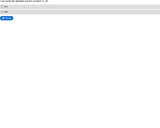
Can-Do Statement about Reciting the alphabet and the numbers 0 - 20
- Subject:
- Arts and Humanities
- Languages
- Material Type:
- Interactive
- Provider:
- Michigan Virtual
- Date Added:
- 04/03/2020

Can-Do Statement about Reciting the alphabet and the numbers 0 - 20
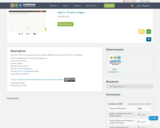
This course features a video review of addition up to the sum of ten for first graders.

This course features a video review of addition up to the sum of ten for first graders.

This course features a video review of addition up to the sum of ten for first graders.
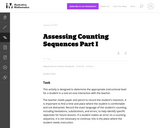
This activity is designed to determine the appropriate instructional level for a student in a one-on-one interaction with the teacher.
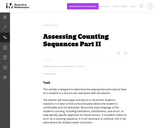
This activity is designed to determine the appropriate instructional level for a student in a one-on-one interaction with the teacher.
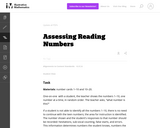
In this assessment in a one-to-one setting, a student is shown the numbers from 1Đ10, one number at a time, in random order. The teacher asks, Ňwhat number is this?"
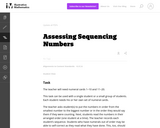
This assessment task can be used with a single student or a small group of students. Each student needs his or her own set of numeral cards.
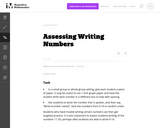
This assessment may be used in a small group or whole group setting, give each student a piece of paper. Students who have trouble writing certain numbers can then get targeted practice.
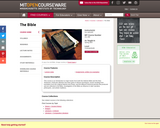
An introduction to major Biblical texts including Genesis, Exodus, Job, the prophetic and historic books of the Old Testament, and the Gospels and Epistles. Stresses the place of the Bible as foundation text for central religious, ethical, and political thinking. Comparative readings in related traditions, ancient, Near Eastern, and Middle Eastern. Investigation of the Bible as influence in later narrative, philosophic, and artistic traditions.


This task suggests methods of introducing and continuing choral counting in the classroom.
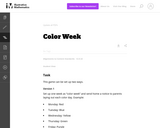
The purpose of this task is to help students understand the connection between counting and cardinality. Thus, oral counting and recording the number in digit form are the most important aspects of this activity. However, teachers can extend this by making a bar graph about how many students are wearing the color each day.
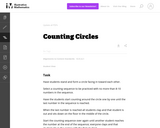
This task suggests ways to incorporate counting circles into classroom activities.
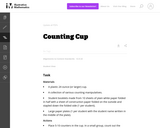
This activity allows students to practice counting.
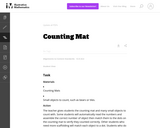
This task gives students another way to practice counting and gain fluency with connecting a written number with the act of counting. This task should be introduced by the teacher and would then be a good independent center.
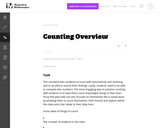
The most engaging way to practice counting with students is to have them count meaningful things in their lives. Since five-year-olds are very focused on themselves this is easily done by allowing them to count themselves, their friends and objects within the classroom that relate to their daily lives.
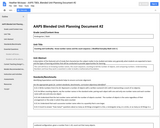
This unit will focus on knowing number names, the count sequence, counting to tell the number of objects, and comparing numbers. Understanding Numbers and how they work is essential in order to build a mathematical foundation.
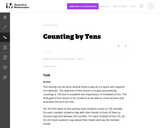
The objective of this lesson is to gain automaticity counting to 100 and to establish the importance of multiples of ten. The final goal of this lesson is for students to be able to count by tens and articulate the term for this.
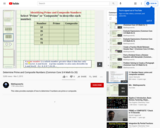
This video provides example of how to determine if numbers are prime or composite.